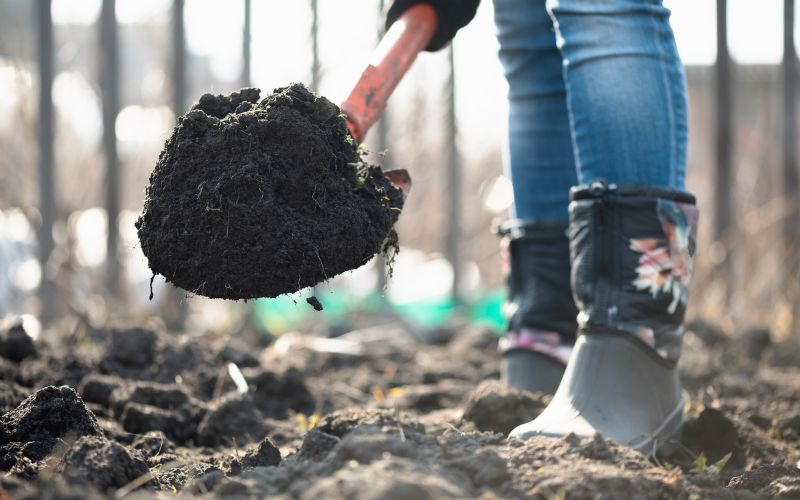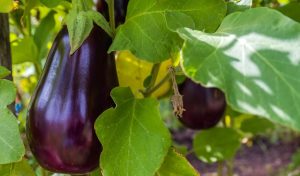If you’re a gardener, you know that healthy soil is the key to a thriving garden.
And one important way to ensure healthy soil is by using lime.
But what does lime do for soil, exactly? Keep reading to find out.
Lime is calcium carbonate, which is a type of alkaline. Alkaline substances are known for their ability to neutralize acidic soils. Applying lime to your garden soil can help to raise the pH level, making it less acidic and more hospitable for plants.
What types of lime can be used for gardening?
There are two main types of lime that can be used for gardening: calcitic lime and dolomitic lime.
Calcitic lime is made from crushed limestone and is higher in calcium than dolomitic lime.
Dolomitic lime is made from crushed dolomite and is higher in magnesium than calcitic lime.
Both types of lime are effective at raising the pH level of soil, but depending on your soil’s needs, one may be better suited than the other.
A soil test will be able to tell you which type of lime is best for your garden.
What does lime do?
Lime helps to regulate pH levels in soil, keeping them from becoming too acidic.
This is important because plants can’t absorb nutrients from soil that is too acidic.
In fact, acidic soil can actually kill plants.
Adding lime to soil helps to create the ideal growing conditions for plants by maintaining pH levels and providing essential nutrients.
Lime also has numerous other benefits for soil health.
It improves drainage and aeration while also reducing compaction.
This allows roots to more easily penetrate the soil and access the nutrients they need to grow.
Lime also helps to break down organic matter, making nutrients more readily available to plants.
And perhaps most importantly, lime serves as a natural fungicide and insecticide, protecting plants from disease and pests.
Should I add lime to my garden soil?
Not all garden soils need lime.
For example, if your soil is already high in calcium, or if the pH is neutral or alkaline, adding lime could actually do more harm than good.
Before adding lime to your garden, it’s important to have your soil tested to see what nutrients it contains and what its pH level is.
That way, you can be sure that you’re giving your plants the best possible chance for success.
When is the best time to add lime to soil?
Lime should be added at the beginning of Fall or early Spring.
This allows time for the lime to be absorbed and washed into the soil by rain or irrigation before the growing season begins.
How much lime should I add to my soil?
The amount of lime you’ll need to add to your soil will depend on the results of your soil test.
Be sure to follow the recommendations for your particular garden.
Adding too much lime to soil can make it difficult for plants to absorbing nutrients and may even kill them.
How often should I add lime to my soil?
Most garden soils need to be limed every 3-5 years.
This will ensure that your soil stays healthy and provides the ideal growing conditions for your plants.
Final Words
Lime is an important tool for any gardener looking to create and maintain healthy soil.
It can help to improve soil structure as well as protect plants from disease and pests.
If your soil is too acidic, adding lime can help to raise the pH level and create optimal growing conditions for your plants.






